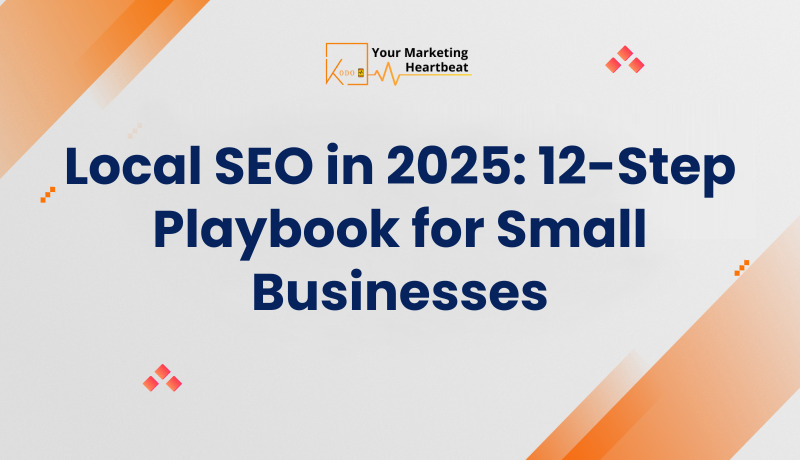
In the competitive digital landscape, establishing a strong online presence has become vital for small businesses. To ensure potential customers can discover your brand, your website must appear prominently on search engines. This is where Search Engine Optimization (SEO) becomes indispensable, as it helps improve your site’s visibility and draws organic traffic. Below, we explore five key SEO strategies that can empower small businesses to grow their digital footprint.
Introduction
Technique 1: Keyword Research and Optimization
Technique 2: On-Page SEO
Technique 3: Local SEO for Better Visibility
Technique 4: High-Quality Content Creation
Technique 5: Backlink Building for Authority
In a world where consumers rely heavily on online searches to make buying decisions, ensuring your business shows up on search engines is critical. SEO helps your business become more accessible to your target audience by improving your website’s ranking. Even with limited resources, small businesses can see meaningful results by focusing on the right SEO practices. Let’s explore the five essential SEO techniques to enhance your digital presence.
A solid SEO plan begins with selecting the right keywords. Keywords represent the terms people enter into search engines to find the products or services they need. Identifying these terms allows you to align your website’s content with user intent, making it easier for search engines to understand what your business offers.
How to Find Relevant Keywords:
Once you identify the right keywords, strategically place them throughout your site—within page titles, descriptions, headers, and product pages—to enhance visibility without overloading content.
On-page SEO refers to optimizing individual pages on your site to make them easier for search engines to index. A well-optimized page helps search engines understand what your content is about, ultimately improving your chances of ranking.
Crucial On-Page SEO Elements:
These elements are crucial to improving user experience while also signaling to search engines that your site provides relevant and accessible content.
Local SEO helps small businesses attract customers from specific geographic areas. It ensures that your business appears in search results when people search for services in your area, making it an essential tactic for businesses with physical locations.
Steps to Enhance Local SEO:
A well-executed local SEO strategy helps your business stand out to nearby customers actively searching for your offerings.
Content serves as the backbone of any successful SEO strategy. Search engines prefer websites that regularly publish valuable, up-to-date, and informative content. For small businesses, creating useful content not only attracts visitors but also helps establish industry authority.
How to Develop Content That Drives Traffic:
Offering fresh, informative content gives your audience a reason to return to your site while also signaling to search engines that your website remains active and valuable.
Backlinks are a vital part of SEO because they act as endorsements from other websites. When high-authority sites link to your content, search engines see your site as credible, boosting your rankings. However, not all backlinks are created equal it’s crucial to focus on quality over quantity.
How to Build High-Quality Backlinks:
Strong backlinks not only improve your search engine rankings but also help drive referral traffic to your site.
SEO is essential for small businesses looking to build their online presence and attract new customers. By focusing on keyword research, on-page optimization, local SEO, content creation, and backlink building, you can enhance your website’s visibility and drive sustainable growth.
These strategies are not just about increasing web traffic; they’re about reaching the right audience and building trust. With consistent effort, even small businesses can improve their search engine rankings and compete with larger brands. Start implementing these techniques today, monitor your results, and refine your approach over time to stay ahead in the ever-evolving digital landscape.



April 23, 2024